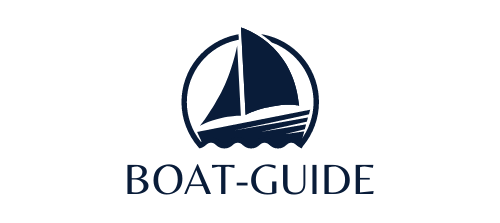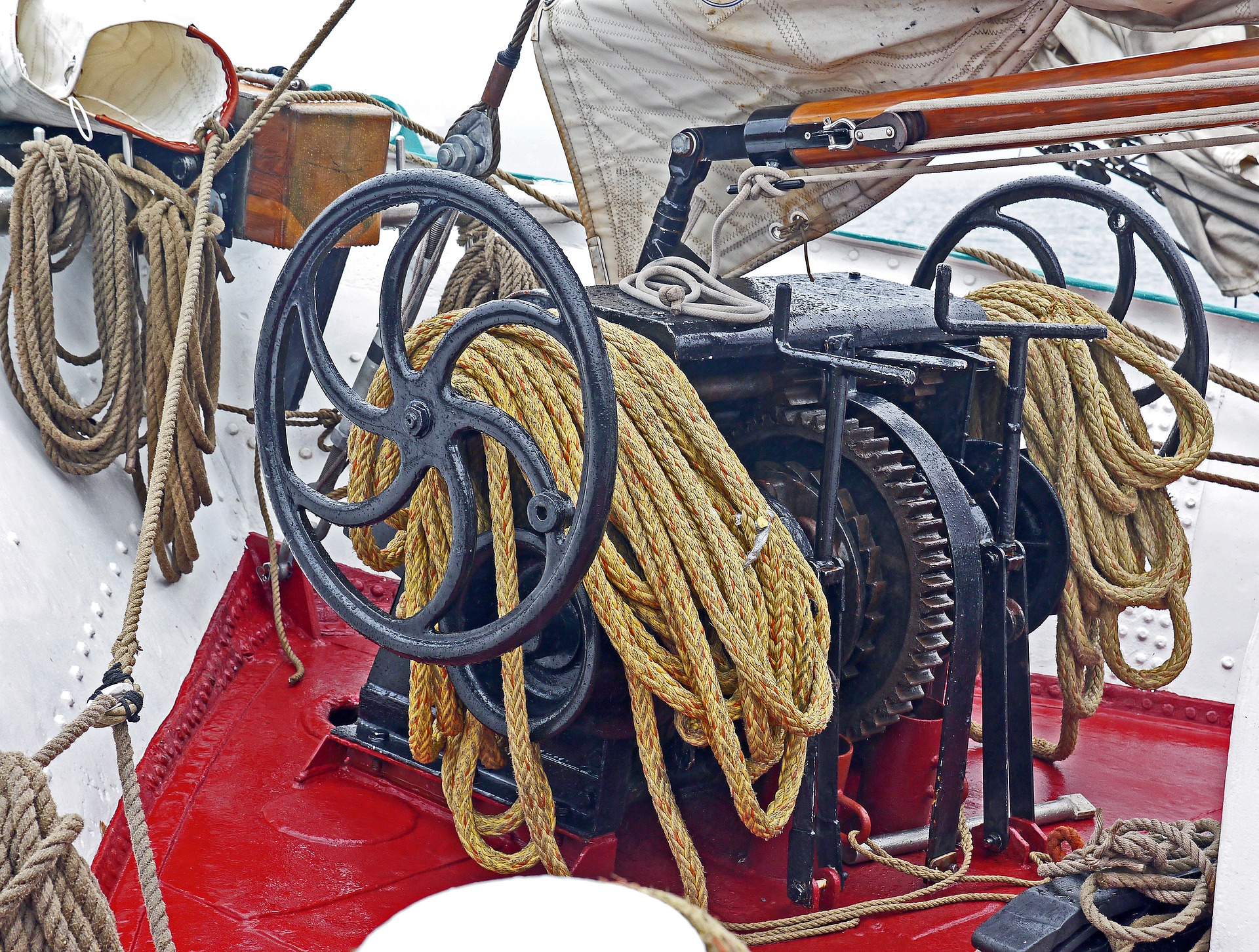There are various models of boat windlass currently available on the market. At present, manufacturers are able to offer you a vertical or horizontal windlass and a manual or electric windlass. In this article we will show you how a manual windlass works.
Why choose a manual windlass?
Although many users opt for the electric windlass, the manual model also continues to appeal to many people. This is because a manual windlass is less expensive than an electric one. While the latter offers a quicker set-up, the manual model promises effortless, but rather slow, heavy anchoring.
It is also an accessory for small boats that do not have an electric charging system. Its lightness offers you an opportunity to enjoy impressive comfort of use. With this equipment, you will have the chance to pull up a heavy anchor with little effort
How a manual windlass works
The manual windlass has a number of advantages, but it is also easy to operate. To begin with, it is important to know that this equipment is made up of several elements such as
- The sprocket
- The chain
- The headstock
- The cable
- The gear system
This is the sprocket which receives the chain to hoist the anchor. It is an element in the form of a toothed wheel and must be adapted to the diameter of the chain. The diameter of the chain should be 6 mm or 8 mm. There is also the manual windlass headstock. It takes the form of a smooth drum. Its role is to wind up the rope of your equipment. It is on this drum that the rope part of the anchor is wound. Finally, it is also important to know that it is the headstock and the rope that are driven by a gear system.
Using your manual windlass properly
In order to use your manual windlass safely, you need to know how to handle it. Well before using it, start by checking the mooring line to avoid knots forming. Once this is done, let the anchor run vertically and let it touch the bottom. As for the length of the chain, it should be at least 3 to 5 times the height of the water.
Then let the anchor slide out of the boat, being careful with your fingers. Avoid leaving the chain on the sprocket during the anchoring operation. This is to ensure the life of your gears. So take a hook and connect it to an anchor damper. This damper should also be connected to a spliced mooring line. The mooring line is placed on one or more cleats until the tension of the chain on the sprocket is removed.






